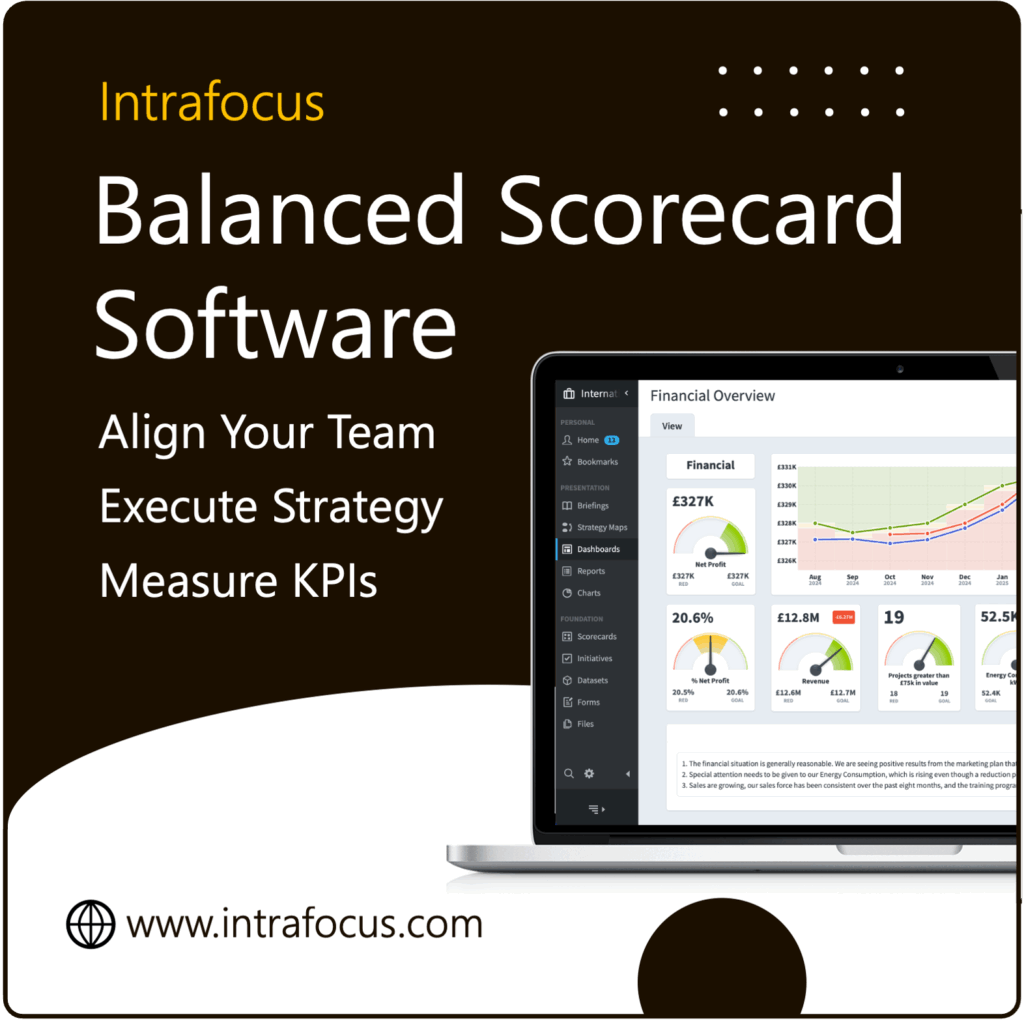1. The Startup Mindset
The realm of startups is synonymous with innovation, agility, and a zest for creative strategy development. At the heart of every budding startup lies a mindset—a unique blend of risk-taking, creative problem-solving, and a relentless drive to disrupt the status quo. This mindset is what differentiates startups from many established firms. Where corporations may be bogged down by hierarchies, established protocols, and a fear of diverging from the tried and true, startups thrive on the essence of doing things differently.
The importance of this approach cannot be understated. With the rapid advancement of technology, changing consumer behaviours, and the ever-present threat of disruption from unexpected quarters, businesses must learn to think, act, and innovate like startups. The survival of long-standing enterprises might hinge on their ability to infuse a startup’s creativity and agility into their strategic planning processes.
In this article, we will delve into the core principles that power startup innovation and how you can harness these to formulate strategies that stand the test of time and are adaptable, resilient, and forward-looking. Whether you’re a budding entrepreneur, a business leader, or someone simply interested in strategic innovation, this guide will provide insights to help you think and act with the zest and creativity of a startup.
2. Embracing Agility and Flexibility
The digital age has brought about an era where change is inevitable and accelerated. Startups inherently understand this dynamism. Their survival often depends on their ability to adapt to unforeseen challenges and evolving market conditions swiftly. At the core of this adaptability is the principle of agility.
Being agile means more than just being able to change—it’s about anticipating change, preparing for it, and using it as a catalyst for growth. Traditional business models, with their long cycles of planning and execution, often find themselves ill-equipped to handle rapid shifts. On the other hand, unencumbered by layers of bureaucracy and legacy systems, startups can pivot their strategies quickly, seizing new opportunities or mitigating potential risks.
Consider the story of Slack, a gaming company that quickly pivoted its business model upon realizing that its internal communication tool had far-reaching market potential. Today, Slack is a testament to agility’s power in strategy and execution.
But how can established companies and budding entrepreneurs imbibe this agility into their strategic fabric? It starts with cultivating a mindset that views change not as a threat but an opportunity. Flexibility in approach, decentralizing decision-making processes, and creating feedback loops allow businesses to react in real-time to the market’s challenges and opportunities.
Furthermore, embracing technological tools that facilitate rapid data collection and analysis can prove invaluable. With real-time insights, businesses can make informed decisions quickly, keeping them one step ahead.
In essence, agility and flexibility are no longer just buzzwords. They are imperatives for any business aiming to thrive in this age of rapid change. By taking a leaf out of a startup’s playbook and making agility a cornerstone of strategy development, businesses can position themselves to navigate the turbulent waters of the modern business world with confidence and foresight.
3. Cultivating a Culture of Continuous Learning
In the hyper-competitive world of startups, stagnation equals obsolescence. For startups, the quest for knowledge is perpetual, driven by the need to stay relevant and ahead of the curve. This relentless pursuit of knowledge and the ability to adapt defines a continuous learning culture.
Such a culture goes beyond mere skills acquisition. It’s about fostering an environment where curiosity is celebrated, every failure is viewed as a lesson, and feedback—whether from customers, stakeholders, or team members—is a golden opportunity for growth. The famous adage from Reid Hoffman, co-founder of LinkedIn, encapsulates this spirit: “If you are not embarrassed by the first version of your product, you’ve launched too late.” This sentiment is a nod to the startup philosophy of rapid iteration based on learning.
For businesses to emulate this, they need to dismantle the fear of failure. An environment where mistakes are taboo stifles innovation. Instead, organizations should focus on creating safe spaces for experimentation, encouraging cross-functional collaboration, and providing knowledge-sharing platforms. Regular training sessions, workshops, and open forums can further nurture this culture.
By investing in continuous learning, companies arm themselves with the tools and knowledge needed to innovate and drive employee engagement, ensuring that their workforce remains motivated, challenged, and aligned with the broader strategic vision. In the fast-paced digital age, those who learn fastest adapt quickly.
4. Lean Thinking and Creative Strategy Development
The Lean Startup methodology is a testament to the startup world’s innovative spirit. It focuses on creating products or services under conditions of extreme uncertainty. At its core lies the mantra: Build, Measure, Learn. This iterative process emphasizes creating minimal viable products (MVPs), swift market testing, and rapid refinements based on real-world feedback.
The beauty of lean thinking is its emphasis on value. Traditional businesses can often become mired in processes that add little to no value for the end consumer. In stark contrast, the Lean Startup methodology prioritizes customer value above all else, urging businesses to strip away the superfluous and focus on what truly matters.
Consider Dropbox, a tech giant today. Initially, its MVP was nothing more than a video demonstrating the idea of effortless file synchronization. The overwhelmingly positive feedback from this simple MVP test drove the company’s direction, ultimately leading to its success.
So, how can organizations adopt lean thinking in creative strategy development?
- Focus on MVPs: Before rolling out full-fledged strategies or products, test the waters with a minimal viable strategy or product. This reduces resource expenditure and provides valuable market insights.
- Feedback Loops: Incorporate mechanisms to gather feedback continuously. This can be through customer reviews, surveys, or even A/B testing. The key is to listen, learn, and iterate.
- Data-Driven Decisions: Lean heavily on data analytics. Those who can sift through the noise to extract actionable insights prosper in a world awash with data.
- Embrace Iteration: Understand that the first version of any strategy or product could be better. Be prepared to make swift adjustments based on new learnings.
- Empower Teams: Decentralize decision-making. Empower teams to make on-the-spot decisions, reducing bureaucratic delays and fostering a culture of responsibility and ownership.
While rooted in manufacturing, lean thinking has profound implications for industry strategy development. In an uncertain world, it offers clarity, urging businesses to focus on value, adapt based on insights, and continuously evolve. It’s not just a methodology; it’s a mindset that champions efficiency, agility, and customer value.
5. Collaborative Ideation: Harnessing Diverse Thoughts
In the crucible of the startup ecosystem, collaboration isn’t just a virtue—it’s a necessity. A startup’s raw, electric energy often stems from its ability to harness varied perspectives, skills, and experiences, weaving them into innovative solutions. The power of diverse thought cannot be understated. Many fresh, novel ideas often emerge when people from different backgrounds, disciplines, and mindsets converge.
For instance, think about the early days of Airbnb. Born from a simple idea of renting out an air mattress in a living room, the founders collaborated, ideated, and iterated to transform a seemingly ordinary concept into a disruptive global phenomenon. Their collective brainstorming and insights from early users and mentors shaped Airbnb’s trajectory.
However, fostering this collaborative spirit is easier said than done. Organizations seeking to emulate this must:
- Build Diverse Teams: Diversity, whether in terms of gender, ethnicity, educational background, or professional experience, breeds innovation. Companies can ensure a richer ideation process by curating teams with varied perspectives.
- Create Open Platforms: Encourage open forums, brainstorming sessions, and platforms where employees can freely share, debate, and refine ideas. Tools like collaborative whiteboards or digital brainstorming platforms can be particularly effective.
- Encourage Constructive Feedback: It’s not enough to generate ideas; refining them through constructive criticism is equally vital. Creating an environment where feedback is given and received can lead to more potent, robust strategies.
In essence, the synergy of collaborative ideation is more than the sum of its parts. It represents a melting pot of ideas, where creativity is amplified and solutions are enriched. By actively nurturing this collaborative spirit, businesses can tap into a wellspring of innovation, driving strategic excellence from within.
6. Creative Strategy Development
Startup innovation, characterized by agility, continuous learning, lean methodologies, and collaboration, is undoubtedly inspiring. Yet, the challenge for many established organizations isn’t just adopting these practices but integrating them into creative strategy development.
The allure of the startup world is its dynamism and rapid innovation. But there’s a balancing act to master. While startups often risk it all for growth, established entities must balance this pioneering spirit with the stability and consistency stakeholders expect.
- Balancing Creativity with Accountability: As organizations infuse the startup mindset, it’s vital to ensure that creativity doesn’t overshadow responsibility. Innovation should align with the brand’s ethos and stakeholder expectations. While exploring uncharted waters, having an anchor is equally vital — a strong vision, purpose, and core values guiding actions.
- Sustainable Scalability: While startups may pivot rapidly, larger organizations must ensure scalability. Every innovative strategy should have a plan for sustainable growth, ensuring that as the business scales, it remains efficient, maintains its core values, and meets customer expectations.
- Risk Management: Startups often use a ‘fail fast, learn quick’ approach. However, for larger entities, the stakes are higher. Integrating startup innovation means embracing risk but in a calculated manner. Comprehensive risk assessment, scenario planning, and backup strategies can ensure that even if initiatives fail, the impact is cushioned, and valuable lessons are extracted.
- Stakeholder Communication: One of the challenges of introducing rapid innovation is managing stakeholder expectations. Clear communication channels, where the rationale behind strategic changes, the expected outcomes, and the benefits of adopting a startup approach are elucidated, can help gain buy-in and foster trust.
- Continuous Evaluation: Adopting the startup mindset isn’t a one-off initiative. It’s an ongoing process. Periodic evaluations to assess the effectiveness of strategies, the efficiency of new processes, and the alignment with overall business goals are paramount.
In the grand tapestry of business innovation, startups represent a vibrant, bold pattern. While disruptive and groundbreaking, their ethos offers a roadmap for short—term success and crafting resilient, adaptable, and future-proof strategies. It’s a call to action for every business: Thinking like a startup and strategically innovating with purpose, clarity, and vision.
7. Software Tools for Strategic Mastery
In the digital age, strategy development and implementation are as much about human creativity as they are about leveraging the right technological tools. Software solutions can streamline processes, offer insights through data analytics, foster collaboration, and ensure seamless execution of strategic plans.
Strategy Development Platforms: Tools such as Trello or Asana can be used to outline, brainstorm, and prioritize strategic initiatives. Their visual, card-based systems allow teams to break down larger goals into actionable tasks, assign responsibilities, and monitor progress.
Collaborative Workspaces: Miro and MURAL are digital whiteboards that facilitate brainstorming, creativity, and real-time collaboration, bridging geographical divides and allowing diverse teams to contribute to the strategic planning process.
Data Analytics and Insights: Spider Impact and Google Analytics can be pivotal in extracting actionable insights from vast amounts of data. Understanding customer behaviours, market trends, and performance metrics can inform and refine strategic plans, ensuring they are data-driven and responsive to market conditions.
Implementation and Monitoring: Once a strategy is in place, tools like Spider Impact can assist in project management, ensuring the strategy is executed efficiently. These platforms offer timelines and performance metrics to ensure strategic initiatives stay on track.
Feedback and Iteration: Platforms like SurveyMonkey or Typeform can gather feedback from internal teams and external stakeholders, ensuring the strategy remains aligned with evolving needs and can be iterated based on real-world feedback.
Incorporating these tools into the strategic process doesn’t just optimize efficiency; it ensures precision, adaptability, and collaboration which is vital in the modern business landscape. By synergizing human creativity with technological prowess, businesses can genuinely innovate like startups, ensuring strategies that are both visionary and grounded in practical execution.



